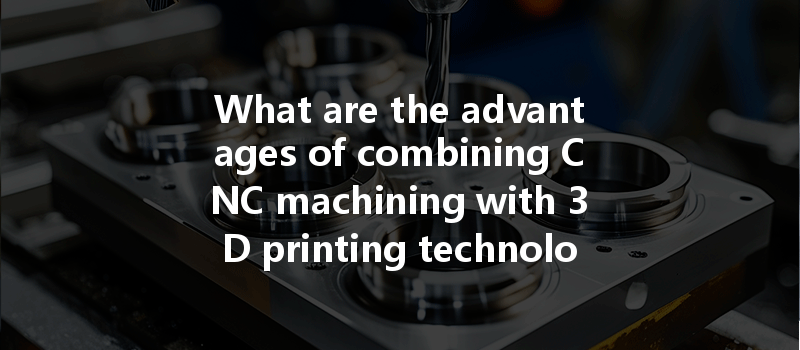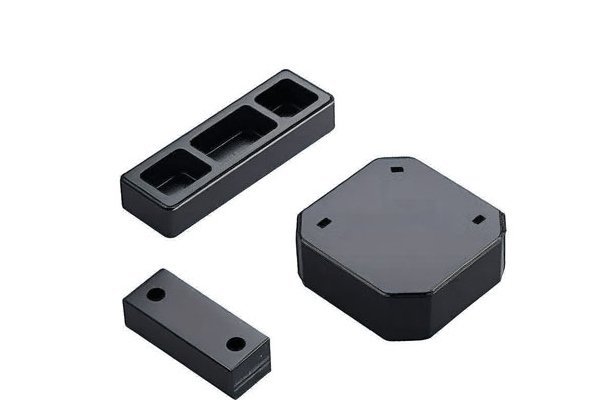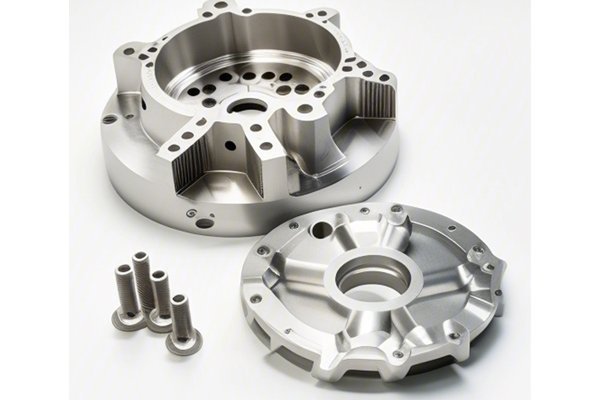Did you know that the global additive manufacturing market is projected to grow from approximately $9.45 billion in 2020 to around $37.23 billion by 2026? This explosive growth signals a fundamental shift in how products are designed and manufactured, making it more crucial than ever for industries to adapt to these innovative technologies. Among these innovations, the combination of CNC (Computer Numerical Control) machining and 3D printing presents a unique opportunity that can revolutionize modern manufacturing processes.
In this article, we will dive deep into the advantages of integrating CNC machining and 3D printing technologies. We’ll explore how this combination can optimize production efficiency, reduce costs, and improve product quality. Let’s delve into the detailed solutions this pairing offers to the challenges facing the manufacturing industry today.
Understanding CNC Machining and 3D Printing: An Overview
What is CNC Machining?
CNC machining is a subtractive manufacturing process where pre-programmed software controls the movement of machinery and tools. This technology is commonly used to create complex parts by removing material from a solid block through various cutting techniques. It offers precision, speed, and reliability, making it a popular choice in industries such as aerospace, automotive, defense, and medical device manufacturing.
What is 3D Printing?
3D printing, or additive manufacturing, is a process that creates a three-dimensional object by layering materials, like plastic or metal, until the desired shape is achieved. This technology excels in producing intricate designs that would be difficult or impossible to create with traditional manufacturing methods. It is widely used for prototyping, small-batch productions, and even in end-use parts in some cases.
The Advantages of Combining CNC Machining and 3D Printing
The integration of CNC machining and 3D printing creates a powerful synergy that can profoundly impact manufacturing. Here are some of the primary advantages:
One of the most significant barriers in traditional manufacturing is design limitations. CNC machining can create precise shapes, but it can also be constrained by tool geometry and setup time. In contrast, 3D printing breaks down these barriers by allowing designers to create complex geometries that would be impossible to achieve through CNC alone. This means manufacturers can push the boundaries of innovation without being hampered by traditional constraints.
Combining the two technologies can lead to substantial cost savings. Initial prototyping with 3D printing is typically cheaper and faster compared to traditional tooling for CNC. Once a prototype has been validated, CNC machining can take over for the production of larger runs, ensuring that the final products are made with higher precision and better material properties, reducing material waste and labor costs.
The ability to switch between 3D printing and CNC machining provides manufacturers with unparalleled flexibility. Rapid prototyping can be completed using 3D printing, allowing for quick iterating based on feedback. Once the design is finalized, CNC machining can efficiently produce the finished product with a high degree of accuracy.
Traditional manufacturing often results in a significant amount of material waste due to the subtractive nature of CNC machining. However, by using 3D printing for prototyping and complex features that require less material, manufacturers can significantly minimize waste. The combined approach conserves both resources and costs.
The combination of these technologies allows for easier customization before mass production. 3D printing can quickly adapt designs for specific customer needs or requirements. Once a custom part is validated, CNC machining ensures it meets the high standards required for functional use, providing an agile path for personalized products without the extensive setup costs typically associated with custom manufacturing.
Addressing Common Challenges

While the advantages of combining CNC machining and 3D printing cannot be overstated, it is also essential to address the challenges that come with this integration. Here’s how to tackle some of the common hurdles:
One of the primary challenges is ensuring material compatibility between the two processes. Not all materials that work well for 3D printing are suitable for CNC machining. It is crucial for engineers to select materials that exhibit compatible physical properties when transitioning from 3D-printed prototypes to CNC machined products.
3D-printed parts often require post-processing to achieve the desired surface finish or tolerances necessary for functional use. Understanding the limitations of 3D printing and planning for necessary post-processing steps can help maintain the high precision expected from CNC machined components.
Integrating two distinct manufacturing processes requires a thoughtful approach in terms of workflow design. Manufacturers need to enable a seamless transition from 3D printing to CNC machining. This may involve investment in software that can handle both design and production processes or staff training to ensure everyone is well-versed in both technologies.
Real-world Applications
To illustrate the effectiveness of combining CNC machining and 3D printing, let’s examine a few real-world applications across various industries.
Aerospace Industry
The aerospace sector demands the highest quality and precision components. By using 3D printing for complex geometries in prototypes and small-scale production runs, and CNC machining for final parts, manufacturers are able to save costs and speed up the development cycle while ensuring compliance with strict regulatory standards.
Automotive Industry
Automakers are increasingly turning towards hybrid manufacturing methods. For instance, 3D printing can create lightweight components, while CNC machining can provide the necessary tolerances for assembly. This combination minimizes inventory costs and allows for rapid adjustments based on market demands.
Medical Device Manufacturing
In medical device manufacturing, where customization is essential, the combination of these technologies is revolutionary. 3D printing can create patient-specific implants based on 3D scans, and CNC machining can finish those components to meet stringent biocompatibility and safety standards.
Concluding Thoughts
The combination of CNC machining and 3D printing is transforming the landscape of modern manufacturing, offering a powerful workflow that enhances design freedom, boosts cost efficiency, accelerates production speed, reduces waste, and allows for customization.
However, successful integration of these processes requires careful consideration of material compatibility, post-processing needs, and workflow integration. By addressing these challenges, manufacturers can leverage the best of both worlds, ensuring high-quality products are developed quickly and efficiently.
As the world advances toward more sophisticated manufacturing methods, the importance of understanding and adopting these hybrid technologies cannot be understated. For businesses looking to stay competitive, investing in the integration of CNC machining and 3D printing is not just advantageous; it is essential.
By considering the information and solutions outlined in this blog, readers can grasp the immense potential held by the amalgamation of CNC machining and 3D printing technologies—an understanding that is critical in navigating the future of manufacturing.






